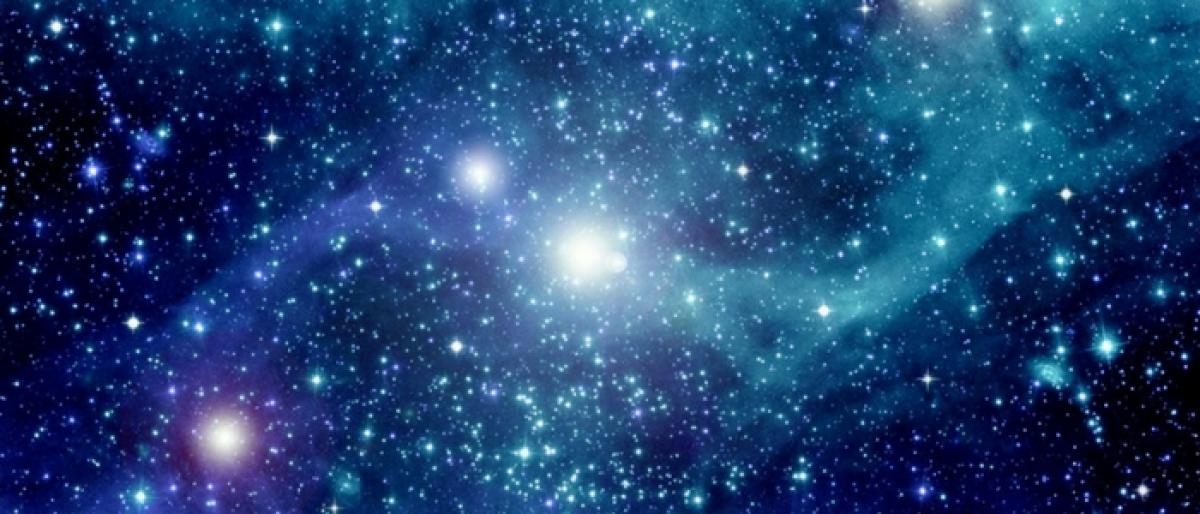Live
- HMWSSB MD inspects Mehdipatnam, Langar Houz
- Aging vehicles aggravate Hyderabad’s air pollution woes
- Paddy procurement made easy in AP
- Aim to design Tirumala as a planned model town: TTD EO
- Partymen, aam aadmi air grievances before Dy CM
- NTPC Green to set up projects worth 1.87 lakh cr in AP
- CS holds review meet on ‘Indira Mahila Shakti’ scheme
- KTR to participate in Deeksha Diwas on Nov 29
- First Telugu bureaucrat to become CAG of India
- Plea in HC to extend voting rights to teachers in Council polls; notices issued to govt









